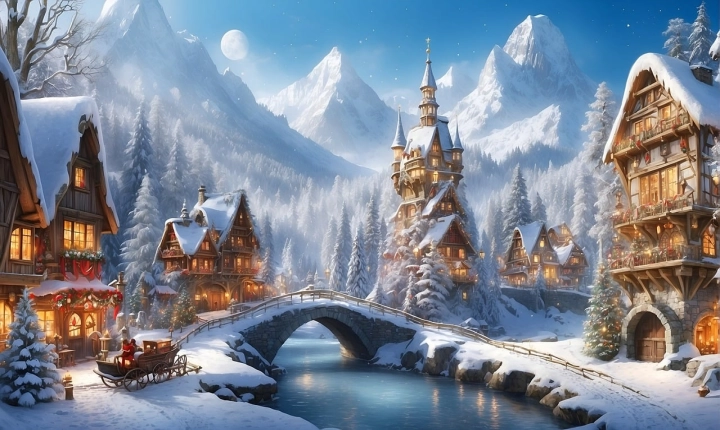Title: Can AI Make Real Art?
Artificial intelligence (AI) has made significant strides in recent years, raising questions about its potential to create real art. Can a machine truly possess creative abilities and produce works that evoke emotions, challenge perceptions, and inspire thought? The debate around AI and art raises deep philosophical and ethical questions about the nature of creativity and the role of technology in the creative process.
Many proponents of AI-generated art argue that machines can indeed produce real art. They point to sophisticated algorithms that can analyze and replicate complex artistic styles, create original compositions, and even generate visual or auditory experiences that resonate with human emotions. For example, AI algorithms can create music compositions, generate visual art, and even write poetry that is indistinguishable from a human’s work. These achievements have led some to champion the idea that AI can contribute to the artistic landscape in meaningful ways.
Opponents, however, question the authenticity and depth of AI-generated art. They argue that machines lack the capacity for genuine creativity, emotional depth, and the ability to imbue their work with the richness of human experience. They raise concerns about the potential for AI to devalue human creativity and originality, and they caution against the risk of AI-produced art replacing genuine human expression.
One prominent example in the AI art world is the creation of portrait paintings by an AI model, which sold for a significant price at a well-known auction. This event sparked intense debate about the value of AI-generated art and its impact on the art market. Critics argued that this sale perpetuated a superficial understanding of art and diminished the significance of human artists.
Despite these arguments, some believe that AI has the potential to enhance human creativity and expand artistic boundaries. They emphasize the collaborative potential of AI and human artists, where AI tools can serve as instruments for exploring new artistic techniques, generating novel ideas, and pushing the boundaries of traditional art forms. This collaborative approach, they argue, can lead to fresh perspectives and innovative expressions that enrich the artistic landscape.
Furthermore, AI-generated art has the potential to democratize the art-making process, providing access to tools and resources that were previously inaccessible to many aspiring artists. By leveraging AI, individuals with limited traditional artistic skills can produce compelling and expressive works, thus fostering a more inclusive and diverse art community.
In conclusion, the question of whether AI can make real art raises complex and thought-provoking considerations. While AI has demonstrated impressive capabilities in creating art, the essence of genuine creativity, emotional resonance, and human experience remains deeply rooted in the human condition. The ongoing conversation about the role of AI in art should continue to explore the ethical, philosophical, and artistic implications of this intersection, while also acknowledging the potential for collaboration and innovation. Ultimately, the relationship between AI and art may continue to evolve, challenging our perceptions and redefining the boundaries of creativity in the digital age.
